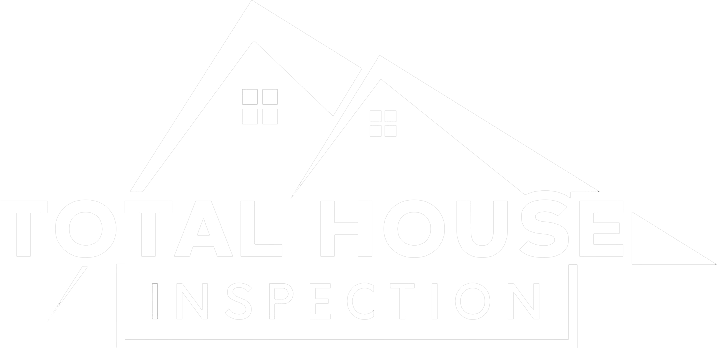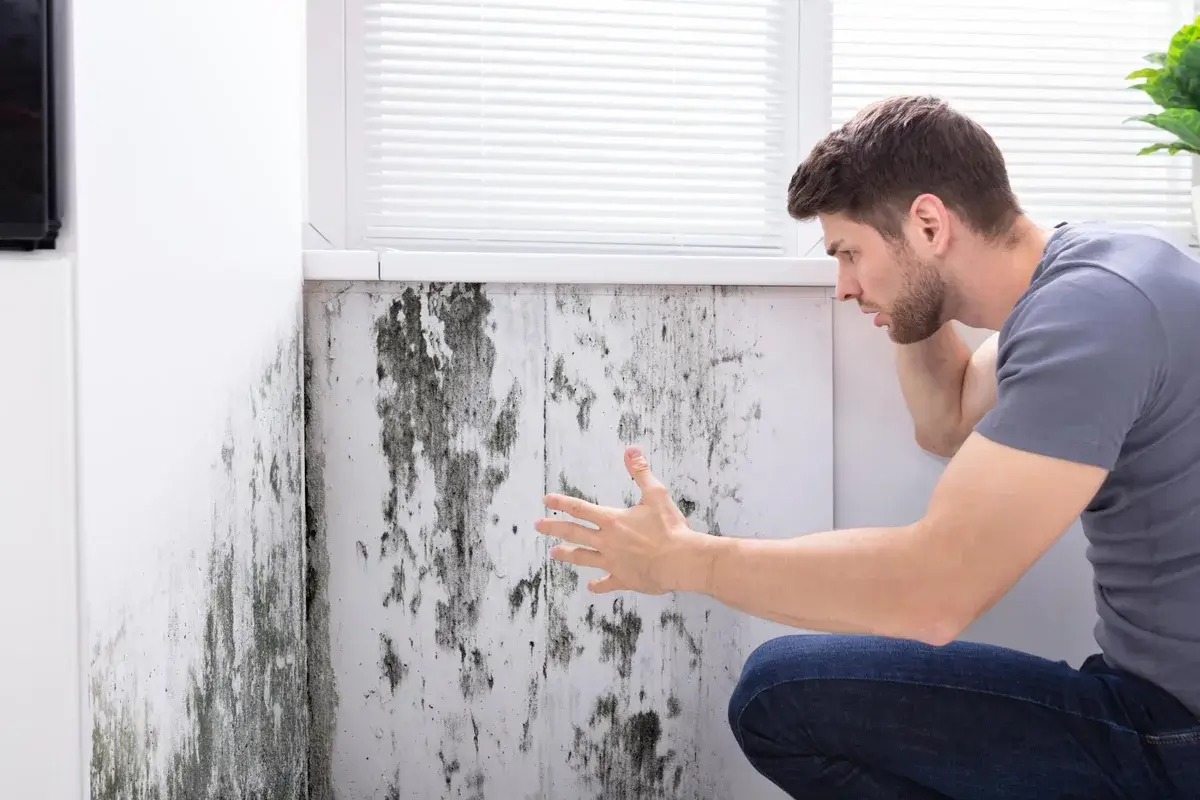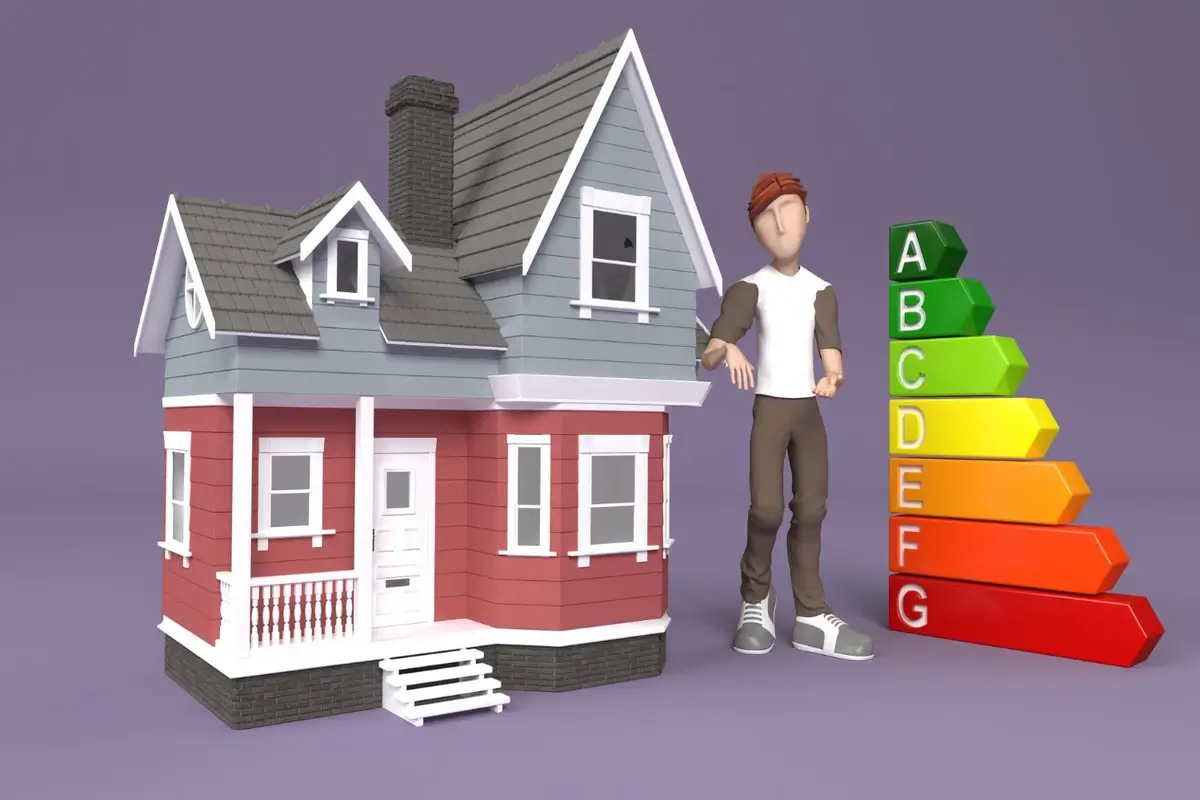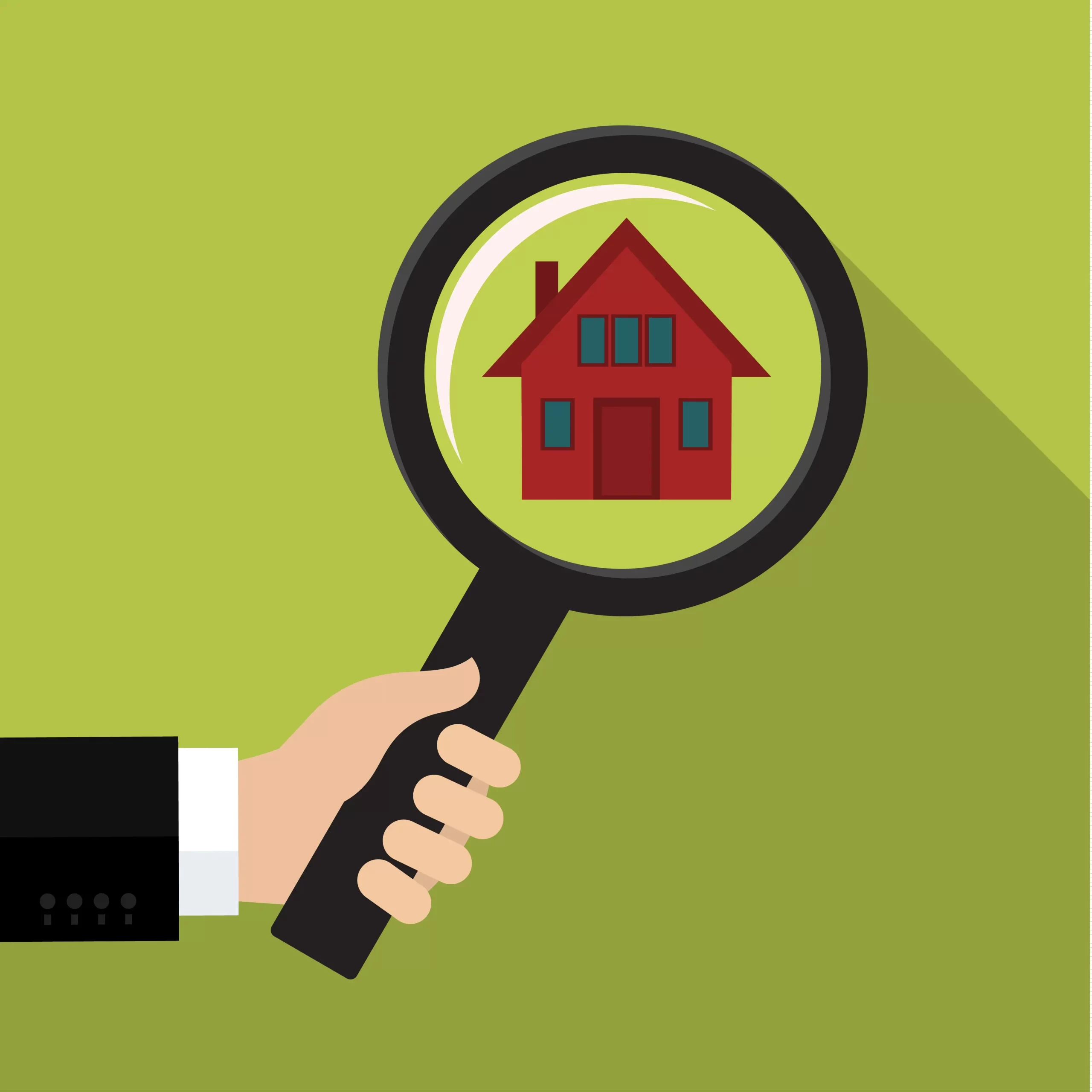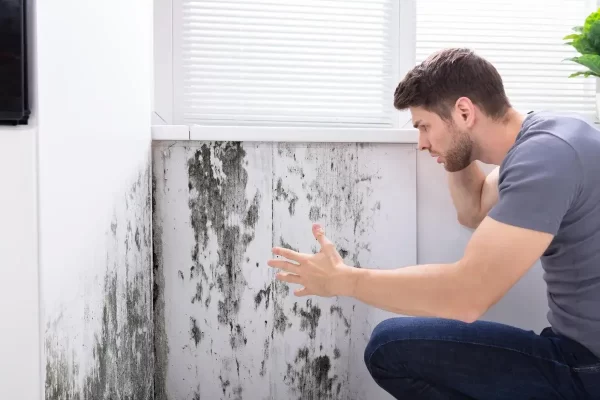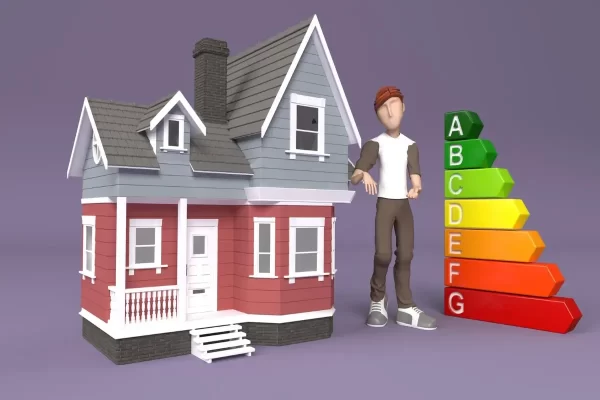In a home inspection, an inspector examines the whole building and makes a detailed home inspection report. The report states the health of all structural and functional components of a building. After examination of all components of a building, the inspection report may raise several red flags.
What Does it Mean by Red Flags in a Home Inspection Report?
No home is in perfect condition. Minor defects are present in almost every home. However, the defects that pose harm to the structural integrity of a building and to the health of residents in that building can be considered as red flags. If you have an inspection report, you can check for the presence of any red flags in the building. The top five red flags in an inspection report can be:
- Poor Drainage System
The poor drainage system in a house can trigger many problems. The blocked gutters or leaky drain pipes can affect the structural integrity of a building. Houses with poor drainage systems have water pooled around. It increases the moisture content in the building, leading to different problems. So, if the drainage system is highlighted as a red flag in the home inspection report, it would be a major concern for the home buyer.
- Mold and Mildew
If the home inspection reports indicate the presence of mold and mildew in a home, it’s the second red flag. The presence of mold in a building indicates uncontrolled moisture. It can cause various health problems.
- Plumbing and Electrical Issues
Minor defects in the plumbing and electrical system are ignorable, but if there are some major problems, they can also be marked as red flags in the home inspection report. Issues with the plumbing system can lead to major repair costs. Similarly, finding the issue in the electrical system/wiring can also be hectic for a new homeowner.
- Structural Problems
The structure is the most crucial part of a home. Any issue detected in the structure can have a solid impact on the whole building. Structural defects can also make the building uninhabitable. Issues with the foundation, frame walls, roof, and floor are all included in structural problems. Structural repairs are not easy to make; it can cost a lot of money and time for the new homeowner to go for repairs.
- Insect Infestation
Infestation of insects like termites can also make a home vulnerable. Termites can damage all the wood in a house, and their removal is not an easy task. So, if the home inspection report shows up with such a red flag of termite infestation, you need to think again about buying that home.
What to Do if You Find a Red Flag in a Home Inspection Report?
If there are any red flags in the home inspection report, you should discuss it with the real estate agent and put it up to the table to discuss with the homeowner. The possible solutions can be discussed, and you will have three options:
- Negotiate for a lower price
- Demand for the repair work
- Walk away from the deal
Can a Homeowner Do Something to Avoid Home Inspection Report Red Flags?
Red flags are due to the defects present in the building. No homeowner can do anything about them. They just have one option of pre-sale inspection and make the essential repairs before listing the home for sale.
If you hire reputable home inspectors, you will get a completely authentic report, which can save you from buying a money pit.
Conclusion
The home inspection is a crucial part of closing a deal. The home inspection report is a detailed document about the strength and functionality of the components of a building. If the red flags in an inspection are highlighted and the seller has not mentioned them before, you can negotiate the deal and make a decision according to your insight. If you are going to buy a new home, play safe and get a free quote for the home inspection.
Total Home Inspections can save you from trouble and give you the confidence to buy a dream home.
